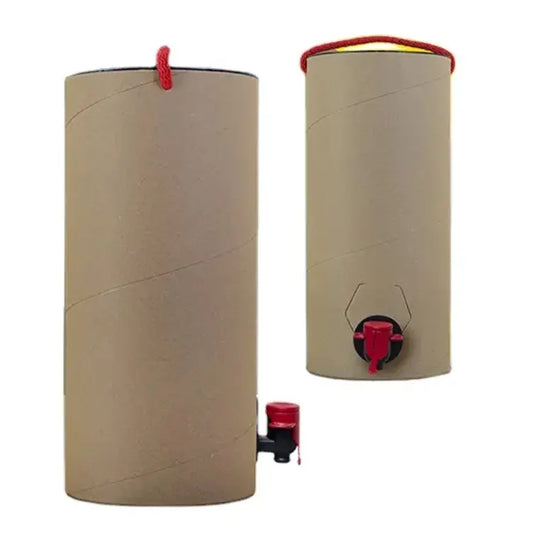
Mastering Aseptic Bag Usage: A Step-by-Step Guide by FDpack
zhangrenfangShare
In industries where product sterility and shelf-life extension are non-negotiable, aseptic bags are indispensable. At FDpack, we combine cutting-edge technology with rigorous quality standards to ensure our aseptic packaging solutions deliver unmatched performance. However, even the most advanced bags require proper handling to maintain their integrity. This guide walks you through critical steps for irradiation verification, container compatibility, filling, and closing—ensuring seamless operations and product safety.
1. Irradiation Verification: Ensuring Sterility from Day One
Aseptic bags are sterilized using gamma irradiation to eliminate microbial contamination. FDpack simplifies verification with clear indicators:
Check the Color Code: Each carton features an irradiation indicator dot. A red dot confirms sterility, while a yellow dot means the batch is non-sterile and must not be used.
Act Promptly: Report discrepancies to FDpack within 7 days of delivery for swift resolution.
Why FDpack? Our irradiation process is validated to meet global food safety standards, ensuring your products remain uncontaminated from factory to fill.
2. Outer Container Compatibility: Precision Matters
Aseptic bags must fit perfectly within their outer containers (e.g., drums, IBCs) to avoid damage during filling and transport.
Custom Sizing: FDpack’s technicians collaborate with you to determine the ideal bag dimensions based on your container’s internal measurements.
Smooth Interiors: Containers must be free of sharp edges, scratches, or debris. Even minor imperfections can puncture bags, risking leaks or contamination.
FDpack Advantage: Our bags are engineered with puncture-resistant multilayer films, but proper container pairing is key to maximizing durability.
3. Filling Best Practices: Minimizing Stress, Maximizing Efficiency
Improper filling can strain bag fitments or expose films to heat, compromising sterility. Follow these steps:
Secure the Bag: Use clamps to hold the bag’s fitment firmly, ensuring weight is supported by the outer container—not the fitment—during filling.
Avoid Heat Exposure: Keep bag films away from hot fill heads, steam, or condensate.
Smooth Folding: After filling, gently fold empty corners inward without creasing, ensuring the bag lies flat within the container.
Pro Tip: For low-viscosity liquids (<500 CP at 200°C), consult FDpack’s technicians to optimize filling parameters.
4. Closing & Documentation: Seal with Confidence
Airtight closures and meticulous record-keeping prevent post-filling issues:
Avoid Pinching: Ensure the outer container’s lid closes tightly without trapping the bag.
Eliminate Headspace: For liquid products, fill the container completely to prevent bag movement during transit.
Track Critical Data: Log the production date, filling head number, temperature, and bag number for traceability. This simplifies recalls and quality audits.
FDpack’s Support: Our closures and spouts are designed for leak-proof security, and our team provides templates for compliant documentation.
Why FDpack Stands Out
Custom Solutions: Tailored oxygen barriers, fitments, and sizes for diverse products—from viscous sauces to liquid pharmaceuticals.
Global Compliance: Bags meet FDA, EU, and ISO certifications, ensuring hassle-free international shipments.
Sustainability Focus: Reduce material waste by up to 70% compared to rigid containers, with recyclable laminate options.
Optimize Your Aseptic Workflow Today
Ready to enhance efficiency and product safety? Visit FDpack’s website to explore our aseptic solutions or connect with our technical experts. Let FDpack be your partner in precision and reliability.
FDpack – Innovating Aseptic Packaging for a Safer, Greener World.




